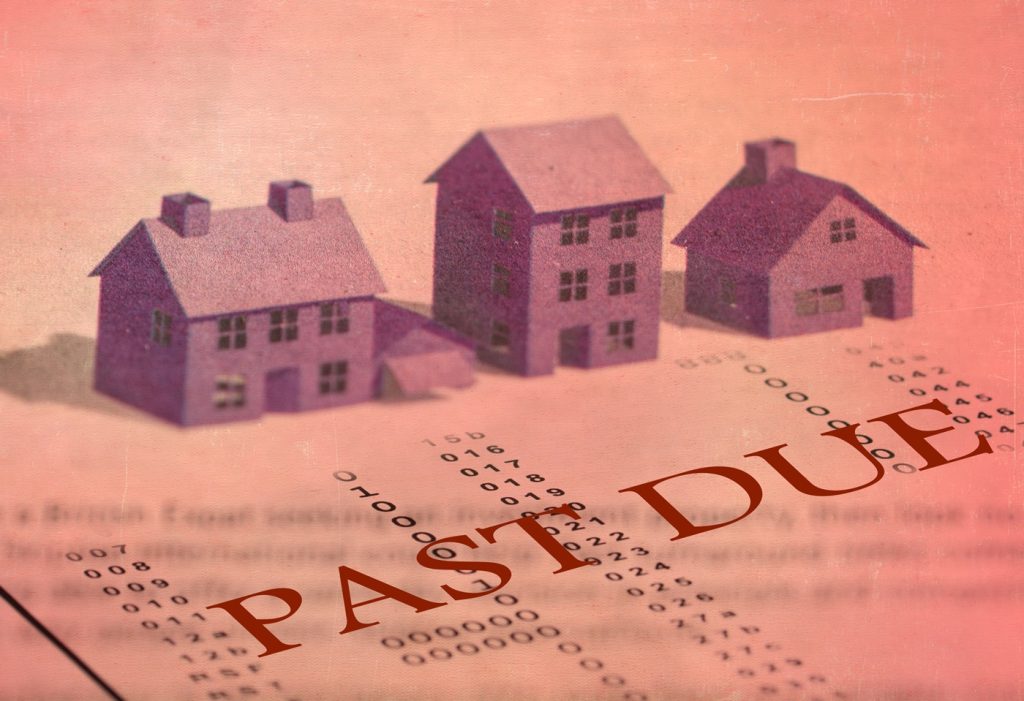Credit pressure is steadily building across Canada’s mid-size banks as borrowers grapple with higher renewal rates and a softer economic backdrop, even as borrowing costs continue to ease.
A new Morningstar DBRS report warns that “credit pressures have continued to accelerate at Fairstone [Bank of Canada] and Equitable [Bank], while Laurentian continues to demonstrate resiliency.”
The report focuses on Canada’s rated mid-size banks (MSBs): Equitable Bank, Laurentian Bank of Canada, and Fairstone Bank of Canada, which includes its subsidiary Home Trust Company. All are currently rated BBB with Stable trends by Morningstar DBRS.
The credit ratings agency said rising unemployment, still-elevated interest rates and tariff-related uncertainty are taking a toll on borrowers, particularly in the near-prime or alternative mortgage segment that mid-size lenders specialize in.
“These MSBs provide Canadian borrowers with a viable alternative that specializes in specific sub-segments of the mortgage market,” the report noted, including self-employed individuals, new immigrants and those with limited credit history.
The agency said the shift comes even as the Bank of Canada’s policy rate has been trending lower, including a 25-basis-point cut in September that brought the overnight rate to 2.5%, with another quarter-point cut widely expected on Wednesday.
“Despite a downward trajectory in the Bank of Canada’s overnight interest rate … we anticipate credit deterioration to continue heading into 2026 as mortgage rates remain elevated and tariff uncertainty persists, affecting overall market sentiment,” the report said.

Fairstone and Equitable see impairment ratios climb
Morningstar DBRS found that the sharpest deterioration has occurred at Fairstone and Equitable, which focus more heavily on uninsured near-prime borrowers. Fairstone’s mortgage impairment ratio reached 2.2% as of the second quarter, compared with 0.3% at the end of 2022, while Equitable’s rose to 1.1%, up from 0.2%.
By contrast, Laurentian Bank’s ratio remained below 0.4%, roughly consistent with levels seen at the Big Six banks. “Credit risk, however, has been manageable at our rated MSBs with low write-offs,” the analysts said.
The report attributes much of the deterioration to mortgage repricing. “Most of these mortgages have already repriced at higher interest rates upon renewal, which has significantly increased the monthly payment for many borrowers,” it said.
Morningstar DBRS added that Fairstone’s provisions for credit losses “surged in Q1 2025, exceeding 104 basis points, before decreasing to 35 basis points in Q2 2025.” Equitable’s provisions have also been rising in recent quarters, reaching 16 basis points as of Q3, while Laurentian’s remained broadly stable and low over the same period, the report noted.

Why near-prime borrowers are feeling it first
The report noted that borrowers in the near-prime or Alt-A segment—self-employed individuals, new Canadians and those with prior credit issues—have been hit hardest. These loans typically carry shorter terms of 18 months to two years, compared with three years or longer in the prime market, which “caused near-prime mortgages to reprice faster at a time when the BoC’s overnight rate increased rapidly to a peak of 5.00% in July 2023.”
As a result, the average impairment ratio for near-prime uninsured mortgages across mid-size banks reached about 1.7% in the second quarter, up from 0.4% between 2019 and 2022. “We view the borrower types for these near-prime mortgages as generally being more susceptible” to the current economic conditions, the report said.
The report also highlighted the geographic concentration of risk, noting that the lenders’ exposures are “heavily concentrated in Ontario … where the housing market has experienced the most pressure,” and that weakness has also emerged in British Columbia.

Losses remain contained but risks linger
Despite the increase in delinquencies, actual loan losses remain low. Morningstar DBRS calculated that net write-offs amounted to less than 2 basis points of gross residential mortgages at Fairstone and were “almost nil” at Laurentian. Equitable’s write-offs were also expected to be minimal.
“In our view, generally good underwriting practices, low uninsured LTVs, and adequate reserve levels provide a sufficient cushion in this challenging environment,” the report said. The banks’ capital cushions also remain strong, with Common Equity Tier 1 (CET1) ratios of 14.2% at Fairstone, 13.3% at Equitable and 11.3% at Laurentian, well above OSFI’s 7.0% minimum for mid-size banks.
While some relief is emerging from lower policy rates, Morningstar DBRS cautioned that “credit deterioration … [is expected] to continue heading into 2026 as mortgage rates remain elevated and tariff uncertainty persists, affecting overall market sentiment.”

Visited 125 times, 26 visit(s) today
delinquencies equitable bank laurentian Bank lenders loan loss provisions Morningstar DBRS mortgage delinquency rate
Last modified: October 27, 2025

